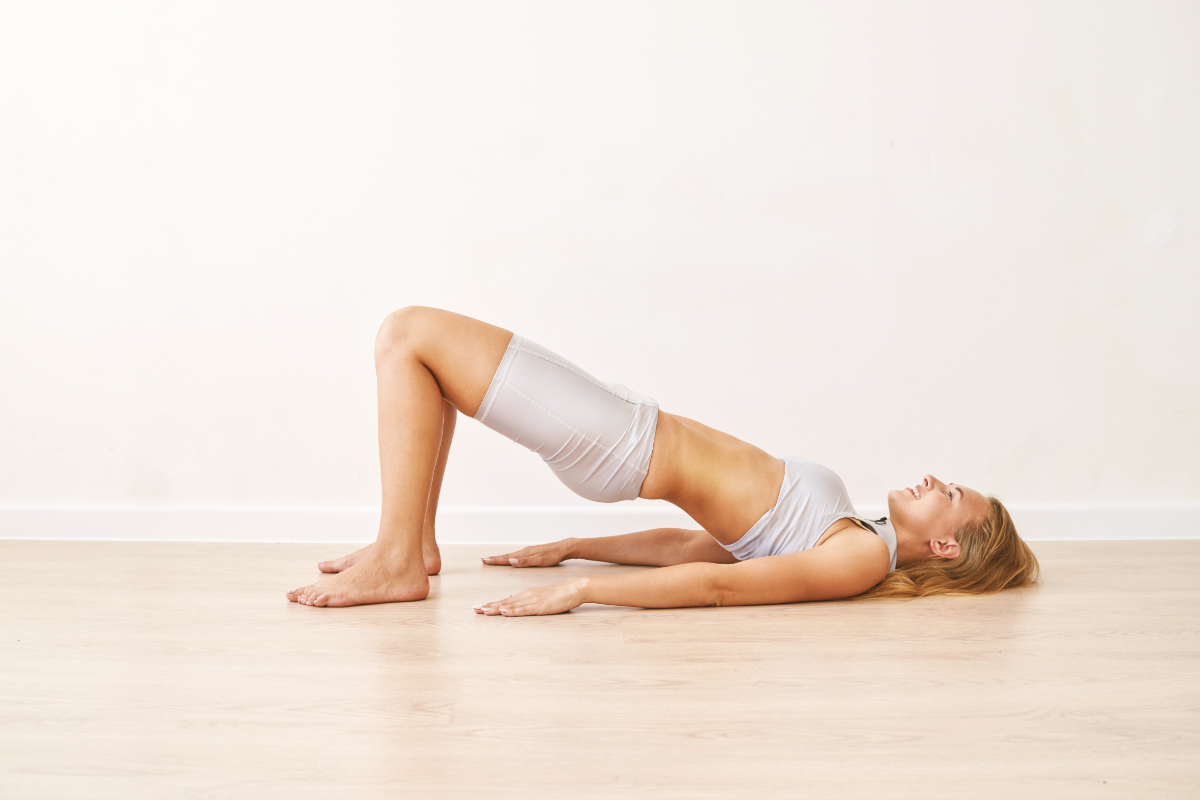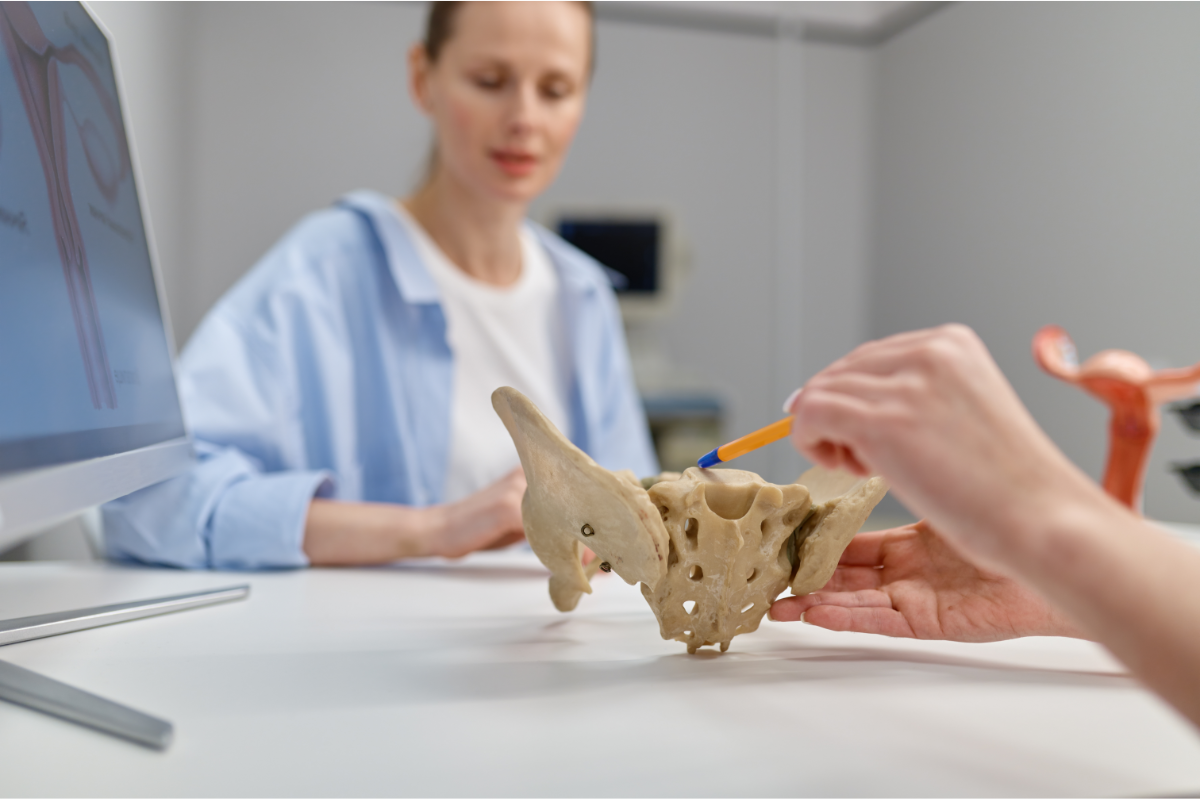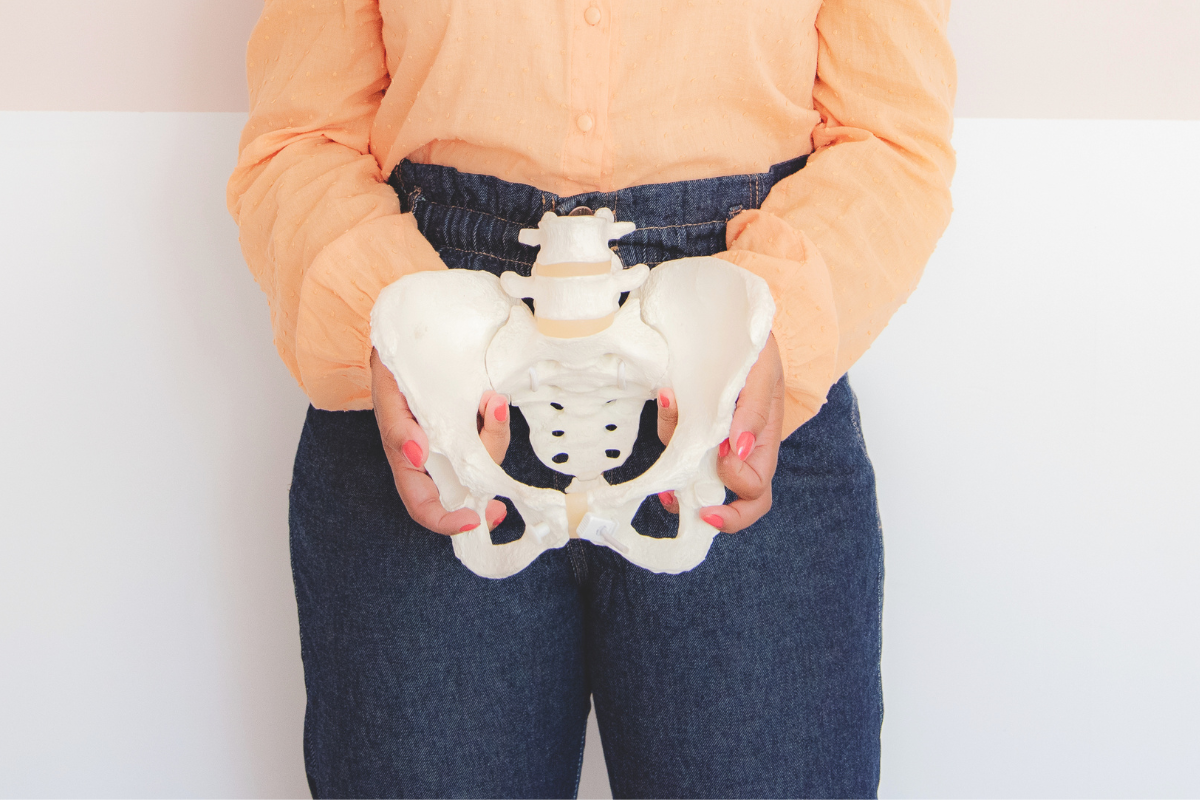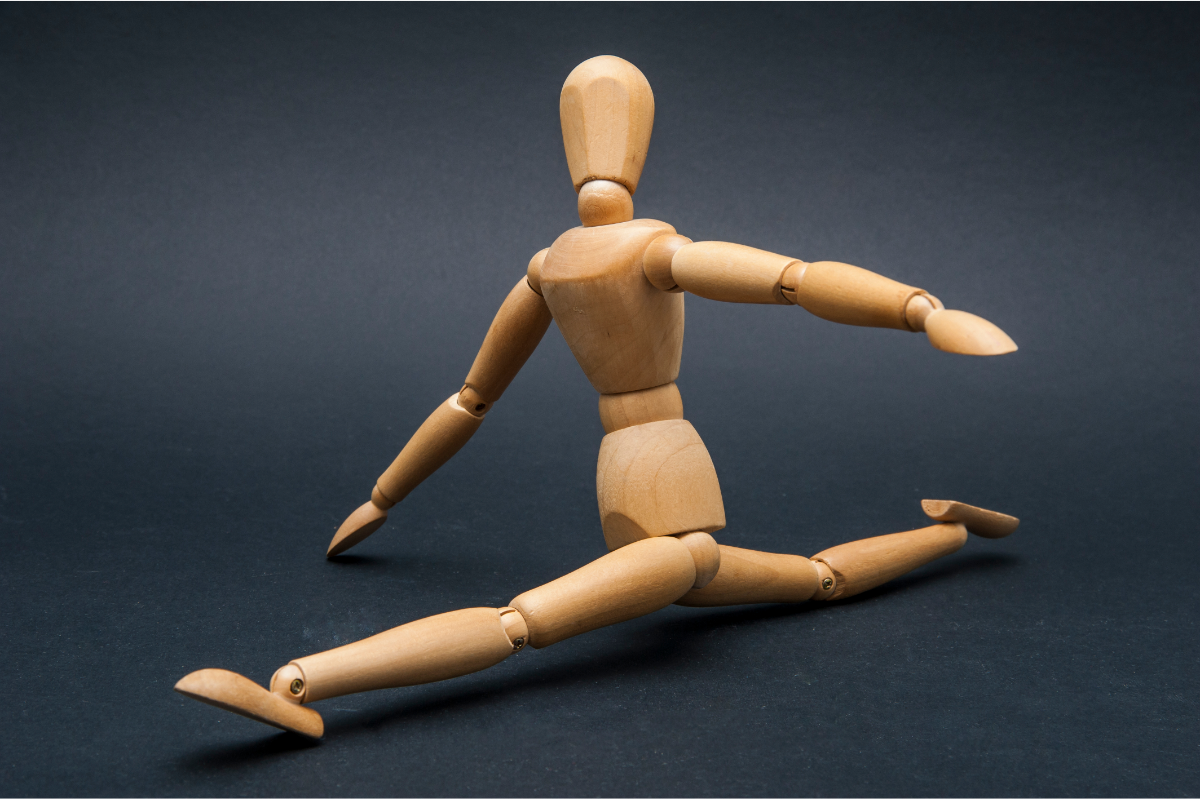Top 5 Tips for Starting Pelvic Floor Exercises at Home
The pelvic floor is a crucial yet often overlooked aspect of our overall health. It consists of a group of muscles and tissues that support the bladder, uterus, and rectum, playing a vital role in various bodily functions, including urinary control, sexual health, and childbirth. Despite their importance, many people are unaware of the necessity of pelvic floor exercises, which can significantly enhance quality of life and prevent a range of health issues.
The Importance of Pelvic Floor Exercises
Engaging in pelvic floor exercises, commonly known as Kegel exercises, is essential for everyone, regardless of age or gender. These exercises help strengthen the pelvic floor muscles, leading to improved bladder and bowel control. This is particularly beneficial for individuals experiencing incontinence, as well as for postpartum women who may face challenges related to muscle weakening after childbirth. Moreover, pelvic floor exercises can enhance sexual function, leading to increased satisfaction and intimacy.
Benefits of Strengthening the Pelvic Floor
The advantages of strengthening the pelvic floor extend beyond the prevention of incontinence. A strong pelvic floor can improve posture and stability, contribute to better core strength, and alleviate lower back pain. Additionally, for those involved in athletic activities, a well-conditioned pelvic floor can enhance performance and reduce the risk of injury. By incorporating pelvic floor exercises into your daily routine, you can enjoy a healthier, more active lifestyle and foster greater awareness of your body’s capabilities.
In this article, we will explore five practical tips for starting pelvic floor exercises at home. These tips will guide you through understanding the anatomy of your pelvic floor, learning how to identify the right muscles, and establishing a consistent exercise routine. By following these guidelines, you can empower yourself to take charge of your pelvic health and reap the numerous benefits that come with it.
Tip 1: Know the Anatomy of the Pelvic Floor
Understanding the Muscles Involved
To effectively engage in pelvic floor exercises, it is essential to understand the anatomy of the pelvic floor. This group of muscles forms a supportive sling at the base of your pelvis, comprising various muscles, including the levator ani and coccygeus. The pelvic floor not only supports pelvic organs but also plays a significant role in functions such as urination, bowel movements, and sexual activity. Familiarizing yourself with these muscles helps you better identify and isolate them during exercises, maximizing their effectiveness.
Tip 2: Learn to Identify the Pelvic Floor Muscles
Methods for Locating the Right Muscles
Identifying your pelvic floor muscles can be challenging but is crucial for performing exercises correctly. One effective method is to try stopping urination midstream. The muscles you engage to halt the flow are your pelvic floor muscles. Another technique involves inserting a finger into the vagina or rectum while tightening the muscles; you should feel a squeeze around your finger. Practicing these techniques in a private, comfortable setting can enhance your muscle awareness and help you become more attuned to your body.
Tip 3: Start with Simple and Effective Exercises
Examples of Initial Exercises (Kegels, Hip Elevation)
Once you’ve identified your pelvic floor muscles, you can begin with simple exercises. Kegel exercises are the most well-known and involve contracting and relaxing the pelvic floor muscles. Start by holding the contraction for about five seconds and then relaxing for five seconds. Aim for 10-15 repetitions, three times a day. Another effective exercise is the hip elevation (or bridge) which engages the pelvic floor while also strengthening your glutes and lower back. To perform this exercise, lie on your back with your knees bent and feet flat on the floor. Lift your hips towards the ceiling while squeezing your pelvic floor muscles, hold for a few seconds, and then lower back down.
Tip 4: Create a Consistent Exercise Routine
Tips for Integrating Exercises into Your Daily Routine
Establishing a consistent routine is vital for seeing results from pelvic floor exercises. One approach is to integrate them into your daily activities. For example, practice Kegels while brushing your teeth, sitting at your desk, or watching TV. Setting reminders on your phone can also help reinforce your commitment to your routine. Additionally, consider pairing your pelvic floor exercises with other workouts, like yoga or Pilates, which often incorporate pelvic floor engagement. Over time, these exercises will become a natural part of your day.
Tip 5: Monitor Your Progress and Adjust Your Practice
The Importance of Assessing Progress and Making Adjustments
Tracking your progress can motivate and ensure that you are effectively strengthening your pelvic floor. Keep a journal to log your exercises, noting the duration and repetitions. If you find that your muscles are becoming stronger, you can gradually increase the intensity by holding contractions longer or adding more repetitions. It’s essential to listen to your body; if you experience discomfort or pain, reassess your technique or consult a healthcare professional for guidance. Remember that consistency and gradual progression are key to achieving lasting results.
By following these five tips, you can establish a strong foundation for pelvic floor health. As you become more comfortable with these exercises, you’ll likely notice improvements in strength, control, and overall well-being.
Strengthening your pelvic floor is a vital aspect of maintaining overall health and well-being, yet it is often overlooked. Throughout this article, we’ve discussed the importance of pelvic floor exercises, the anatomy involved, and practical tips to get started. By understanding the muscles, identifying them correctly, and incorporating simple exercises into your daily routine, you can significantly enhance your pelvic health.
Recap of Benefits
The benefits of a strong pelvic floor are numerous. From improved bladder and bowel control to enhanced sexual function and increased core stability, the positive effects of regular exercise can transform your quality of life. Additionally, for women, strengthening the pelvic floor is especially important postpartum, as it helps recover from childbirth and prevent issues related to incontinence. For everyone, these exercises can contribute to better posture and lower back pain relief, promoting a healthier, more active lifestyle.
Encouraging Ongoing Practice
Consistency is key to reaping the rewards of pelvic floor exercises. As you continue your practice, be patient with yourself and acknowledge that progress takes time. Set realistic goals, and remember that even small improvements can lead to significant changes in your health. To maintain motivation, consider joining online communities or classes where you can share your journey and learn from others.
Incorporating pelvic floor exercises into your life is not just a task; it’s an investment in your long-term health. Empower yourself by prioritizing this often-neglected area, and enjoy the many benefits that come from a strong, well-functioning pelvic floor. Start today, and take the first step towards a healthier you!

I’m Hillary Swan, a certified fitness trainer specializing in women’s health and pelvic floor strength. I’m passionate about empowering others to improve their core wellness through targeted exercises. Let’s strengthen our bodies together for a healthier, more confident life.











